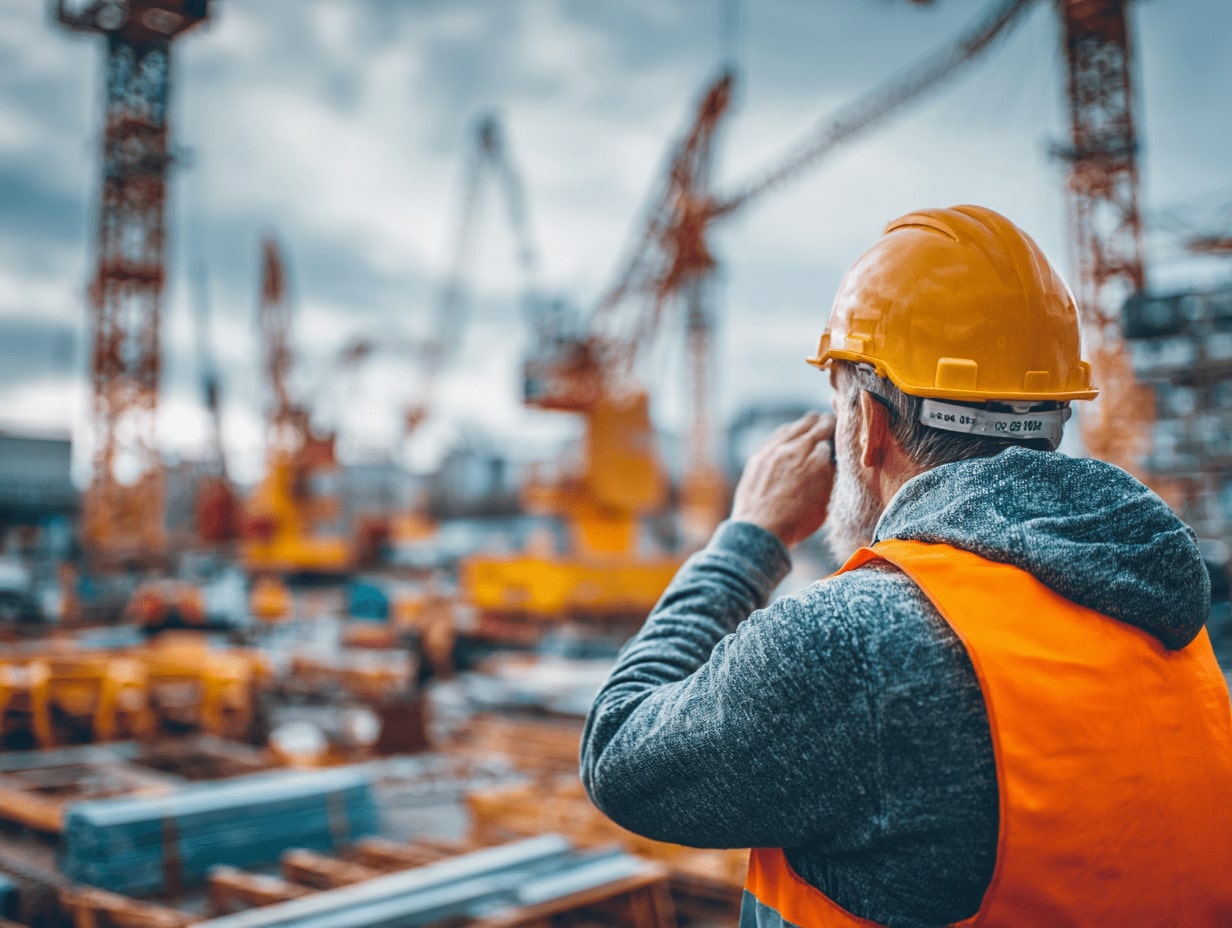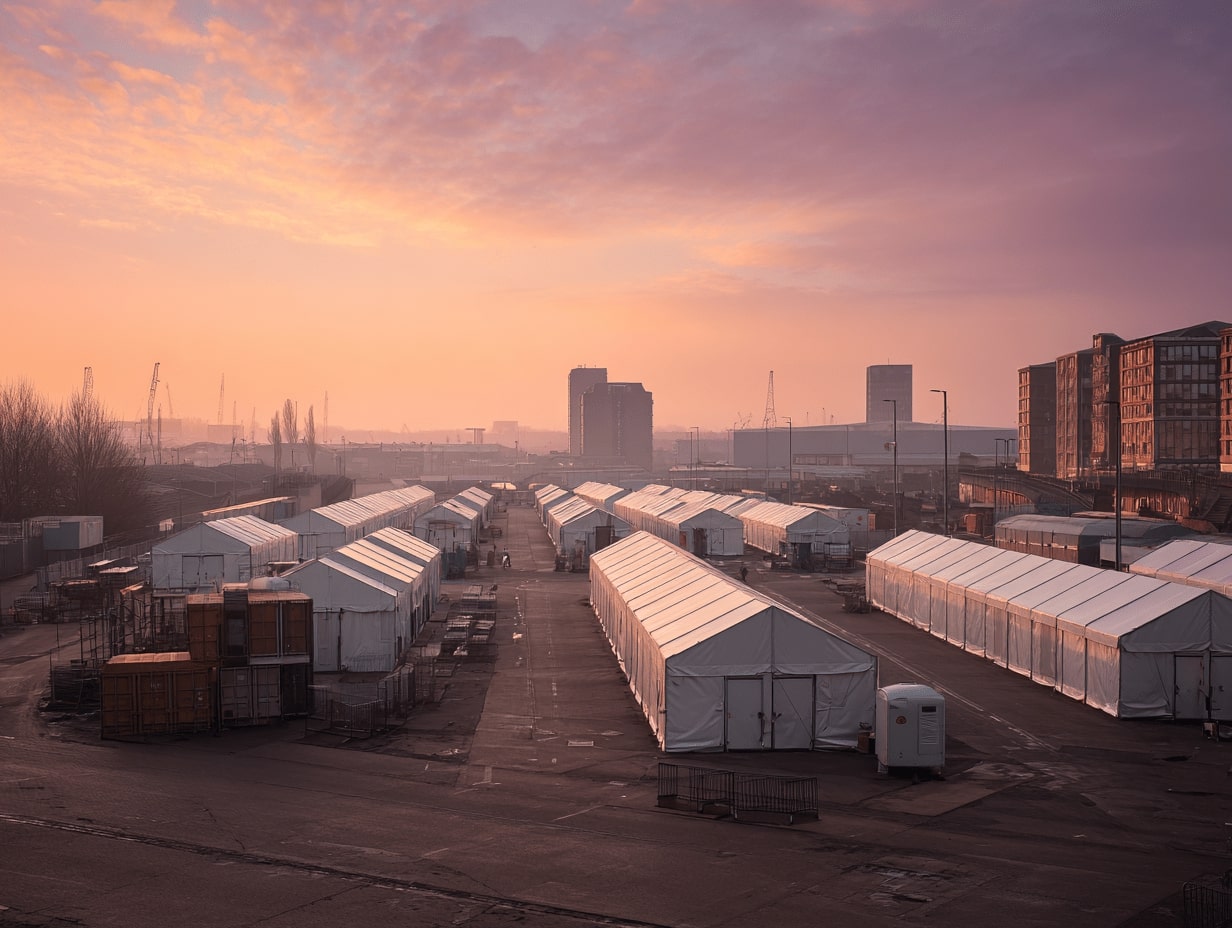- Home
- Articles
- Architectural Portfolio
- Architectral Presentation
- Inspirational Stories
- Architecture News
- Visualization
- BIM Industry
- Facade Design
- Parametric Design
- Career
- Landscape Architecture
- Construction
- Artificial Intelligence
- Sketching
- Design Softwares
- Diagrams
- Writing
- Architectural Tips
- Sustainability
- Courses
- Concept
- Technology
- History & Heritage
- Future of Architecture
- Guides & How-To
- Art & Culture
- Projects
- Interior Design
- Competitions
- Jobs
- Store
- Tools
- More
- Home
- Articles
- Architectural Portfolio
- Architectral Presentation
- Inspirational Stories
- Architecture News
- Visualization
- BIM Industry
- Facade Design
- Parametric Design
- Career
- Landscape Architecture
- Construction
- Artificial Intelligence
- Sketching
- Design Softwares
- Diagrams
- Writing
- Architectural Tips
- Sustainability
- Courses
- Concept
- Technology
- History & Heritage
- Future of Architecture
- Guides & How-To
- Art & Culture
- Projects
- Interior Design
- Competitions
- Jobs
- Store
- Tools
- More
USA Construction: Understanding the Impact of Economic Factors on Major Projects

The construction industry in the USA plays a pivotal role in shaping our economy, driving growth, and creating jobs. However, it’s not immune to the ebb and flow of economic factors that can either propel it forward or grind it to a halt. Understanding how these economic forces impact construction helps us navigate the complexities of this vital sector.
From fluctuating interest rates to changes in government spending, various economic elements influence construction projects across the nation. By examining these factors, we gain insight into the challenges and opportunities that lie ahead for builders, investors, and policymakers. Let’s delve into the economic dynamics that shape the landscape of US construction.
Table of Contents
ToggleThe Role of Economic Factors in USA Construction
Economic factors shape the landscape of the construction industry in the USA. We’ll explore the impact of interest rates and the influence of government policies below.
Impact of Interest Rates
Interest rates significantly affect construction costs and financing. Higher rates increase borrowing costs, deterring new investment. This results in fewer projects and slower growth. Conversely, lower rates make financing more accessible, stimulating construction activity.
In 2022, the Federal Reserve increased interest rates by 0.75% to combat inflation (source: Federal Reserve). This hike led to a slowdown in construction project approvals as borrowing became more expensive. Reduced investment means fewer opportunities for construction firms and workers, affecting the overall economy.

Influence of Government Policies
Government policies profoundly shape the construction sector. Regulatory changes, subsidies, and infrastructure projects can drive or hinder growth. Economic incentives like tax breaks and grants encourage private investment in construction. For example, the Infrastructure Investment and Jobs Act earmarks $1.2 trillion for various infrastructure projects (source: White House).
Moreover, policies targeting sustainable building practices influence project implementation. In states with stringent environmental regulations, construction firms must adopt green technologies, which can increase project costs but lead to long-term savings and benefits.
By understanding these economic factors, stakeholders can effectively plan and navigate the complexities of the construction industry in the USA.
Key Economic Factors Affecting Construction Growth
Several economic factors significantly impact construction growth in the USA. Understanding these factors can help stakeholders make informed decisions.
Labor Market Trends
Labor shortages in the construction sector create project delays and increased costs. According to the U.S. Bureau of Labor Statistics, as of 2022, 8.6 million workers comprise the construction workforce. However, the aging workforce and lack of skilled labor result in a projected growth of 6% in construction jobs from 2020 to 2030. Recruiting and retaining skilled workers is essential to mitigate these challenges and maintain project timelines.
Supply Chain Dynamics
Supply chain disruptions affect material costs and availability. During the COVID-19 pandemic, we saw significant delays in material shipments and price hikes. For instance, the price of lumber increased by over 300% in 2021, creating budget overruns for many projects. Efficient supply chain management is critical to controlling costs and ensuring project completion. Collaborating with multiple suppliers and adopting just-in-time inventory practices can minimize supply chain risks.

Case Studies: Economic Impacts on Major USA Construction Projects
Economic factors significantly influence major construction projects in the USA. These case studies illustrate how infrastructure developments and commercial building trends are shaped by economic conditions.
Infrastructure Developments
Economic policies affect infrastructure projects. The $1.2 trillion Infrastructure Investment and Jobs Act represents a substantial investment, impacting numerous projects. For example, the Brent Spence Bridge Corridor project in Ohio and Kentucky saw accelerated progress due to federal funding, reducing congestion and improving transportation efficiency.
Interest rates also play a role. When the Federal Reserve increased interest rates by 0.75% in 2022, it strained several state-funded infrastructure projects. The California High-Speed Rail project experienced delays and budget overruns due to higher borrowing costs, highlighting the connection between monetary policy and project feasibility.
Commercial Building Trends
Economic growth drives commercial construction. During periods of economic expansion, cities such as New York and San Francisco witness a surge in high-rise office buildings and mixed-use developments. For instance, Hudson Yards in New York, funded by a mix of private investments and public financing, became a landmark project reflecting economic confidence.
Conversely, economic downturns slow commercial projects. The 2008 financial crisis led to the postponement of the Atlantic Yards project, now Pacific Park, in Brooklyn. Financial constraints and decreased demand for commercial space caused significant delays.
During the COVID-19 pandemic, commercial trends shifted focus. As remote work increased, demand for office spaces fell, but warehouse construction surged to support e-commerce growth. Amazon’s fulfillment centers across various states expanded rapidly, responding to changing market demands.

Strategies for Mitigating Economic Risks in Construction
Navigating economic uncertainties in the construction industry is challenging. Effective strategies can mitigate these risks and ensure project success.
One key strategy involves optimizing unused vertical space with solutions like mezzanine floors. These spaces provide additional room for storage or offices without requiring extensive new construction, thus offering cost savings while maximizing efficiency.
Financial Planning and Management
Robust financial planning is crucial. Companies should employ detailed budgeting and forecasting methods. Analyzing cash flow trends, setting aside contingency funds, and regularly reviewing financial statements can help maintain stability. For instance, utilizing software tools like Procore or Sage can streamline financial management processes, provide real-time insights, and enhance decision-making capabilities.
Diversification and Innovation
Diversification reduces dependence on a single market. Expanding into various sectors, such as residential, commercial, and industrial, spreads risk. Implementing innovative technologies, like Building Information Modeling (BIM) and prefabrication, enhances efficiency and productivity. These advancements not only reduce costs but also improve project timelines. For example, adopting green building practices meets regulatory requirements and appeals to eco-conscious clients.

Conclusion
The economic factors profoundly shape the landscape of the USA construction industry. The examples of the Brent Spence Bridge Corridor and the California High-Speed Rail highlight the significant influence of economic policies and conditions on major infrastructure projects. Economic fluctuations, seen in commercial construction trends, influence the progress of large-scale developments like Hudson Yards and the Atlantic Yards project. The COVID-19 pandemic shifted the focus toward e-commerce support, evidenced by Amazon’s extensive network of fulfillment centers.
Mitigating these economic risks requires robust strategies. Financial planning and management tools like Procore and Sage enable effective project budgeting and monitoring. Diversification across various sectors helps distribute risk, while innovative technologies such as Building Information Modeling (BIM) and prefabrication enhance efficiency and maintain regulatory compliance.
Stakeholders must implement these strategies to navigate the complexities of the construction industry efficiently. Understanding the impact of economic factors is crucial for adapting to changes and ensuring sustained growth and productivity in the sector.
- construction cost impacts
- construction industry trends
- construction labor market USA
- construction project financing
- construction project management
- economic factors in construction
- economic impact on construction projects
- economic trends in construction
- impact of inflation on construction
- major construction projects USA
- market analysis construction USA
- USA construction economy
- USA construction market
- USA construction outlook
Submit your architectural projects
Follow these steps for submission your project. Submission FormLatest Posts
Why Legal Support Is Critical After a Serious Construction Accident
If you are dealing with a construction accident or have ever watched...
7 Common Myths Every Contractor Should Stop Believing
The construction landscape is a complicated place at the best of times,...
Automation in Construction: Why Human Safety Still Matters
Automation in construction can cut injuries, but new risks emerge. Learn practical...
The Beauty of Temporary Buildings: Why Ephemeral Architecture Captivates Us
Explore the beauty of temporary buildings with design principles, sustainable materials, and...












Leave a comment